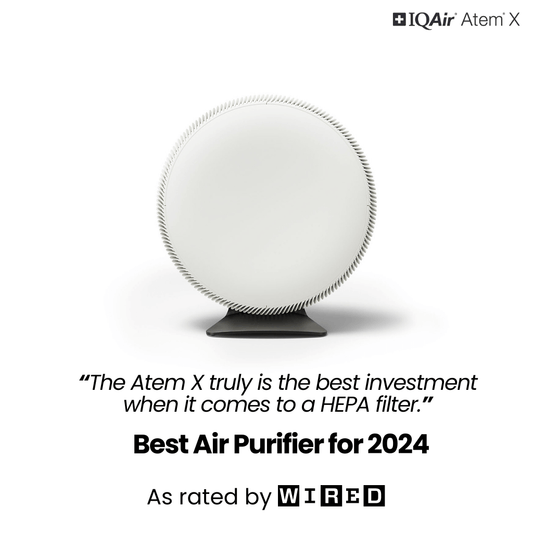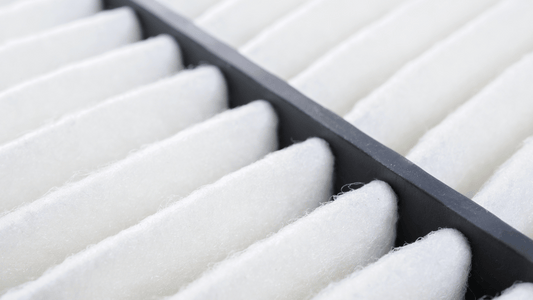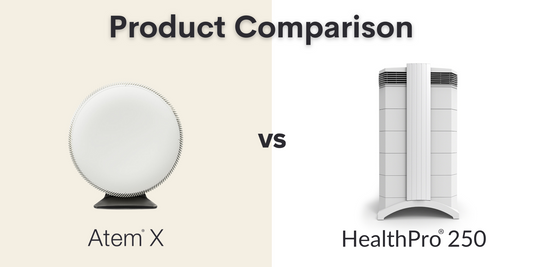Dust mites are relatives to ticks and spiders. But when you are living with dust mite allergies, it is good to know that house dust mites are so small, that they can not be seen with the naked eye. These arachnids (i.e. a group of arthropods that include spiders, scorpions, ticks and mites) have eight legs, and the females can produce more than 200 offspring in their short life span. Due to their fertility, up to 1,000,000 living dust mites can inhabit one single bed, in addition to millions of dead dust mites.
Dust mites are present in more or less every home and live in mattresses, pillows, comforters, carpets, blankets, curtains and upholstered furniture. When you are living with dust mite allergies, it is important to understand that mites especially thrive under warm and humid conditions. Just like bed bugs, dust mites live where humans are, because their main source of food comes from the human body. Dust mites live from eating human skin cells, whereas bed bugs live from human blood.
Living with dust mite allergies is one of the most common allergies. But it is not the dust mite directly that triggers allergy symptoms and asthma attacks, but rather the dust mite's feces pellets and the fragments of their dead bodies. These particles become airborne and are then easily inhaled during the day or at night when you are sleeping. One of the main problems in living with dust mite allergies and fighting them is that the dust mite remains can cause allergic reactions long after the dust mite has died. There are, however, several effective steps you can take to fight dust mites in your home. One is to wash all your bedding with anti-allergen laundry detergent. Using high-quality allergy friendly cleaning products will break down the protein in the dust mite allergens (as well as other allergens such as pet dander and pollen) that is responsible for causing allergic reactions.
Another important step in limiting your daily exposure to dust mite allergens when living with dust mite allergies is the use of a high efficient allergy air purifier. A good air purifier will filter the air in your home and take out dust mite allergens, as well as most other air pollution. When buying an allergy air purifier, you should make sure that it uses a high filtration efficiency and is powerful enough to clean the air at least 2-3 times per hour in the room where you will use it. To learn more about buying an air purifier, visit our air purifier buying guide.
Allergic encasings for your bed is another way to decrease allergic reactions to dust mites. These encasings create a protective layer between you and the dust mites in your mattress, blankets and pillows. Allergic encasings are more tightly woven then regular bedding so that they trap dust mites and their allergens away from you and your family. The problem with allergic bedding is, however, that it is often so tightly woven that they are not breathable, and thus can lead to excessive sweating and complications with eczema.




